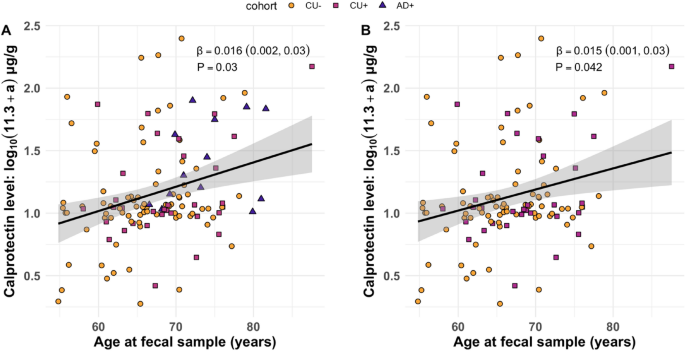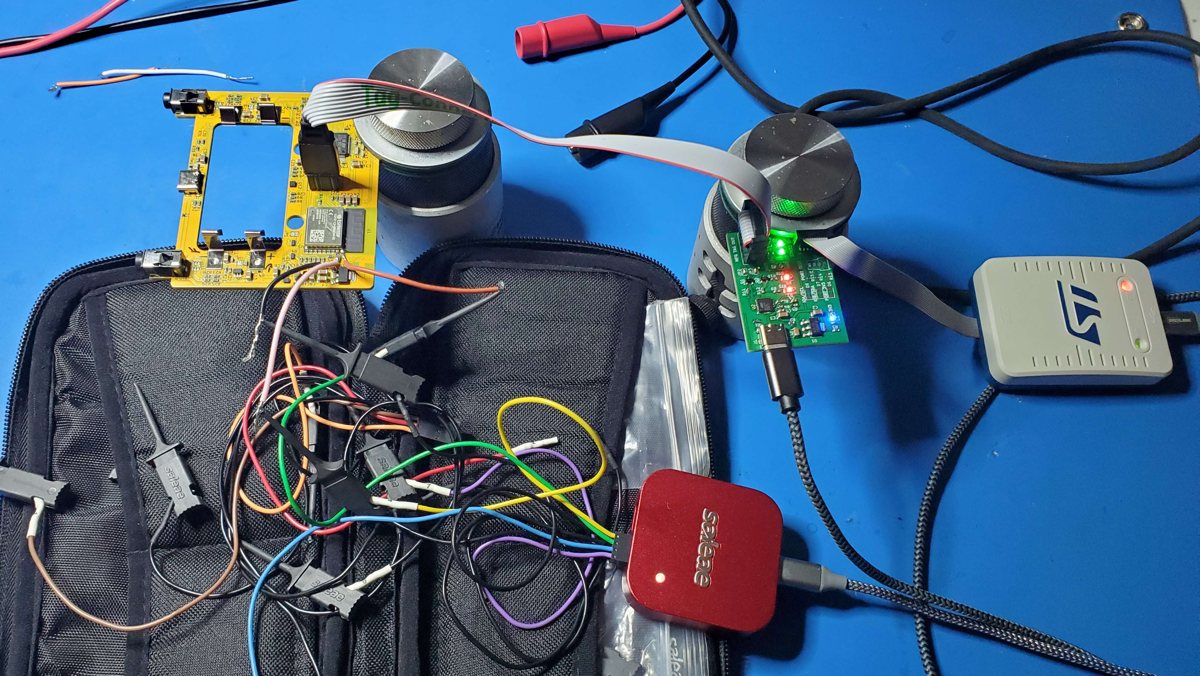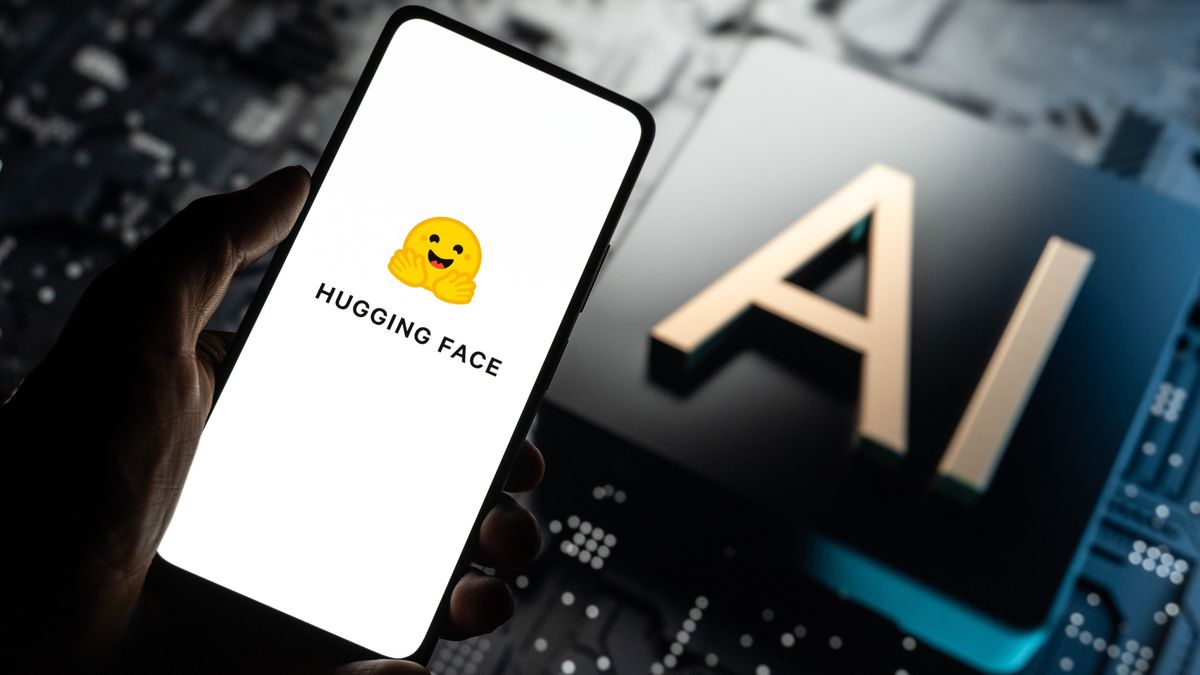
Decoding the Landscape: Recent Developments in Video Codec Licensing
As recently as two or three years ago, you had to be a compression geek to choose and deploy a new codec for publishing your content. Today, in mid-2024, you need to be part patent attorney, part CFO, and it helps if you know a bit about compression.
The most significant changes relate to the potential for codec-related patent royalties on encoded content. Forces moving in this direction include the Avanci Video Pool, which is seeking content royalties on a range of codecs, along with two court cases—one adjudicated, and one not. I’ll start by reviewing where content royalties are and where they will likely go.
Then, I’ll discuss new European Union regulations concerning how Standard Essential Patents (SEPs) are licensed in general. While these have no direct bearing on US law, if a butterfly flaps its wings in Europe, EU regulations could impact the US, a concern that some commenters have mentioned. We'll conclude with a look at the Sisvel and RPX licensing agreement, which takes us one step closer to the seemingly ageless question of whether AV1 is truly royalty-free.
Let’s quickly review what patent pools are and the value they deliver. Patent pools are collections of patent owners related to a particular technology run by an administrator like Access Advance, Sisvel, or VIA-LA. Patent pools serve as convenient one-stop shops for companies wishing to license the underlying technology for inclusion in a product or service (called implementors). If pools didn’t exist, these implementors would need an agreement with each patent owner. Since there are often dozens or even hundreds relating to a particular technology, obtaining these license agreements would be costly and time-consuming.


/cloudfront-us-east-2.images.arcpublishing.com/reuters/4I5ONVK6BFJPVHTFSG6XCFC5QI.jpg)




















/cdn.vox-cdn.com/uploads/chorus_asset/file/25472498/STK271_PERPLEXITY_A.jpg)